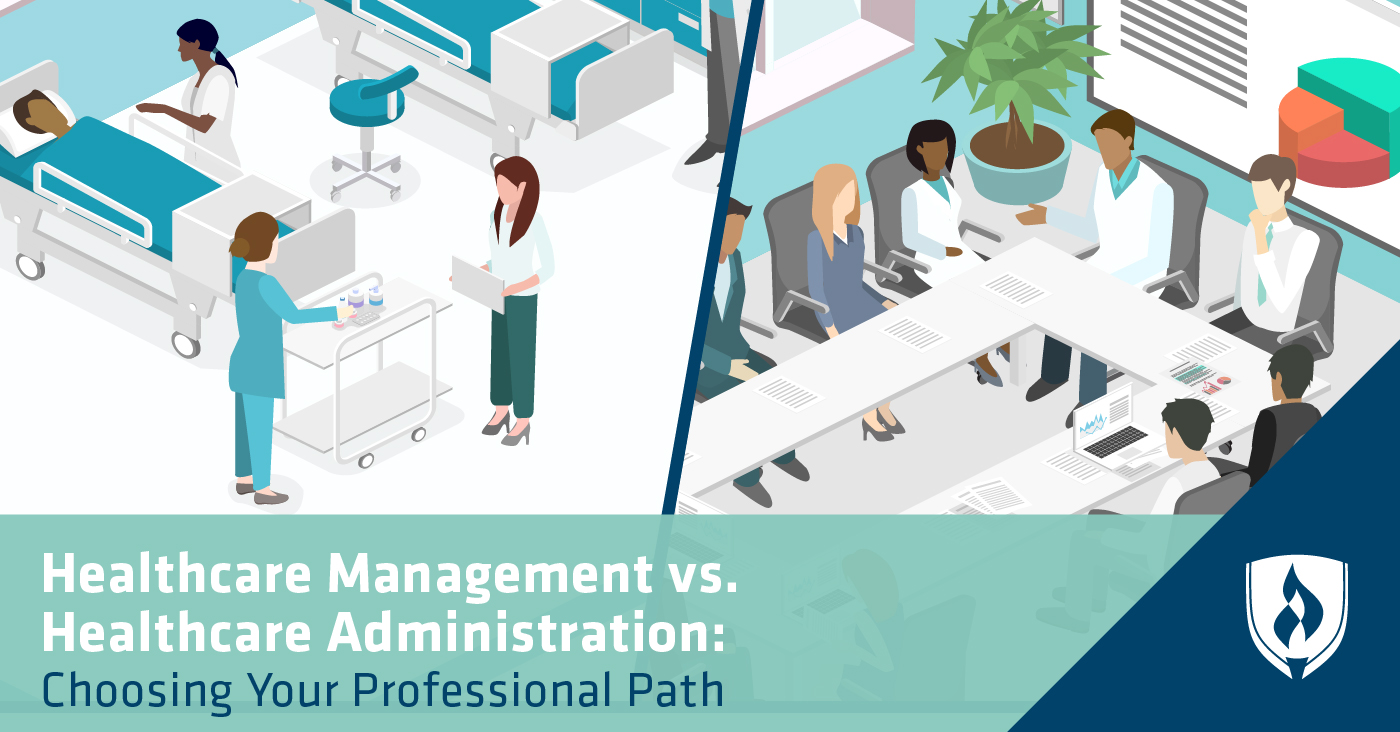The AAFP thinks APC is best achieved through the medical house design of practice. We define a medical care medical house as one that is based upon the Joint Principles of the Patient-Centered Medical Homeix and has actually adopted the five essential functions of the Comprehensive Main Care Plus (CPC+) initiative, which establishes a medical practice that supplies thorough care and a partnership in between clients and their medical care doctor and other members of the healthcare team, along with a payment system that recognizes the detailed work of providing medical care.
At a minimum, these would include items and services in the following advantage classifications: Ambulatory patient services Emergency situation services Hospitalization Maternity and newborn care Psychological health and substance use disorder services, including behavioral health treatment Prescription drugs Rehabilitative and habilitative services and devices Laboratory services Preventive and wellness services and persistent disease management Pediatric services, including oral and vision care In addition to requiring coverage for EHB, all proposals or options will make sure that primary care is Addiction Treatment supplied through the client's primary care medical house (what does cms stand for in health care).
e., deductibles and co-pays) if the services are supplied by the client's designated medical care physician: a. Evaluation and management servicesb. Evidence-based preventive servicesc. Population-based managementd. Well-child caree. Immunizationsf. Basic mental health care To achieve the goal proposed in this paper: "to make sure healthcare coverage for everybody in the United States through a foundation of extensive and longitudinal medical care," it will not suffice to focus on healthcare coverage and medical care alone.
Which Of The Following Was Not Included In The Congressional Plans For Health Care Reform? Can Be Fun For Anyone
A healthcare system that is thorough and focuses on main care should also highlight the cost and cost of care. This is very important not only for consumers, however likewise for the decision-making of doctors, clinicians, payers, and federal government agencies. Price is a vital element in efforts to reform the United States health care system.
g., access to free vaccines and screening programs). A focus on reducing preventable illness likely would reduce or, at minimum postpone, future high-cost spending for avoidable diseases. In addition, there should be an increased concentrate on recognizing social and environmental factors that add to increased health care spending. Transparency an increased financial investment in medical care and the medical house permits health plans to not just decrease the expenses of dealing with high-risk clients but enhance the quality of health services.

Such transparency likely will add to lowering excessively high health care expenses by notifying the general public about their costs of care and producing more competitors in the health care market. Combination debt consolidation in the health system is cause for issue when it concerns cost. Although combinations between health systems may enable reductions in internal expenses, such as operating costs, they develop a less competitive market which causes greater healthcare costs and insurance coverage premiums.
All About How To Get License For Home Health Care Business
Such payment policies add to excessive costs in our current system. In addition, such payment policies incentivize debt consolidation, decline competitors between providers of care, and assist in over-utilization of high-cost health care services. This problem could be attended to efficiently through site-neutral payment policies and the removal of some center costs. Administrative Expenses a share of the general costs of health care in United States health care is because of high administrative expenses.
Countries with lump-sum spending plans and fewer healthcare payers have seen lower costs in administrative costs. xiii Of all health center spending in the United States, 25% is dedicated to administrative costs-- almost $200 billion. In contrast, Canada commits just 12% of hospital spending to administrative costs, while England invests 16% on administrative costs.
Pharmaceutical & Biologics advances in pharmaceuticals and biologics have actually enhanced the health of countless people, decreased the occurrence of preventable illness, and enabled persistent diseases to kept over a prolonged amount of time. These advances have actually extended life span for millions of individuals, particularly those with persistent diseases and some cancers.
See This Report about Why We Should Have Universal Health Care
However, the escalating costs of pharmaceuticals and biologics locations these interventions and treatments out of reach for far a lot of individuals. Policies should be established that enable purchasers of healthcare, consisting of Medicare, to negotiate the expenses of prescription drugs. In addition, there ought to be higher versatility in the style of formularies that enable for increased usage of generic and bio-similar items.
The AAFP believes the APC-APM is a foundational component of a higher investment in primary care that is important to a better system of care in the United States (why was it important for the institute of medicine (iom) to develop its six aims for health care?). The model constructs on previous programs and years of research showing the advantages of motion away from fee-for-service (FFS) payment and increased assistance for population-based care.
For any healthcare system to achieve its goals, there will be a need for higher investment in medical care. The AAFP strongly supports increased investment in medical care as part of any U.S. health care system. Family physicians, other medical care physicians, and primary care teams supply comprehensive medical care through 2 distinct functions: direct patient care and non-face-to-face care, which we identify as "population-based care." The AAFP has actually concluded that traditional FFS payment is largely incongruent with these core functions.

The Only Guide to When Is Health Care Vote
The APC-APM establishes a payment model built on the realization that premium main care is delivered through both direct client care and the population-based services that are provided by the main care team. Additionally, we believe the revenue cycle for medical care need to relocate to a potential payment design with a retrospective evaluation for performance and quality.
Structure on our belief that medical care need to remain detailed, the APC-APM keeps an FFS part as a means of driving detailed care at the primary care level. The presence of this FFS element recognizes that a comprehensive medical care practice will provide episodes of care that are beyond the scope of the direct patient care worldwide payment.
The Affordable Care Act needs that particular medical insurance strategies consist of coverage for 10 "important health advantages." Those covered advantages include hospital services, prescription drugs, pregnancy care, and childbirth. The requirements apply only to strategies offered in the Market and to totally guaranteed small group and specific strategies. While self-insured and large-group plans are exempt from this requirement, the majority of have likewise adopted the important health benefits and share the expense of those advantages with their workers.
The whippet addiction Ultimate Guide To The Health Care Sector Constituted What Percentage Of The U.s. Gross Domestic Product In 2014?
That made it harder or more expensive for many people to purchase health insurance coverage on their own. They found far too late that their plan wouldn't spend for the care they needed or that they needed to pay substantial premiums for insurance coverage that would covered their pre-existing conditions. The Affordable Care Act also requires that insurance companies supply coverage to anybody, regardless of preexisting health conditions.
The level of coverage of those advantages differs, based upon each state's benchmark strategy. how to qualify for home health care. Insurance companies can not enforce an annual dollar limitation or life time optimum on vital health benefits. Ambulatory how to withdraw from gabapentin client services. This is the outpatient care, from medical professional's visits to same-day surgical treatment, that you get without being admitted to a medical facility.
